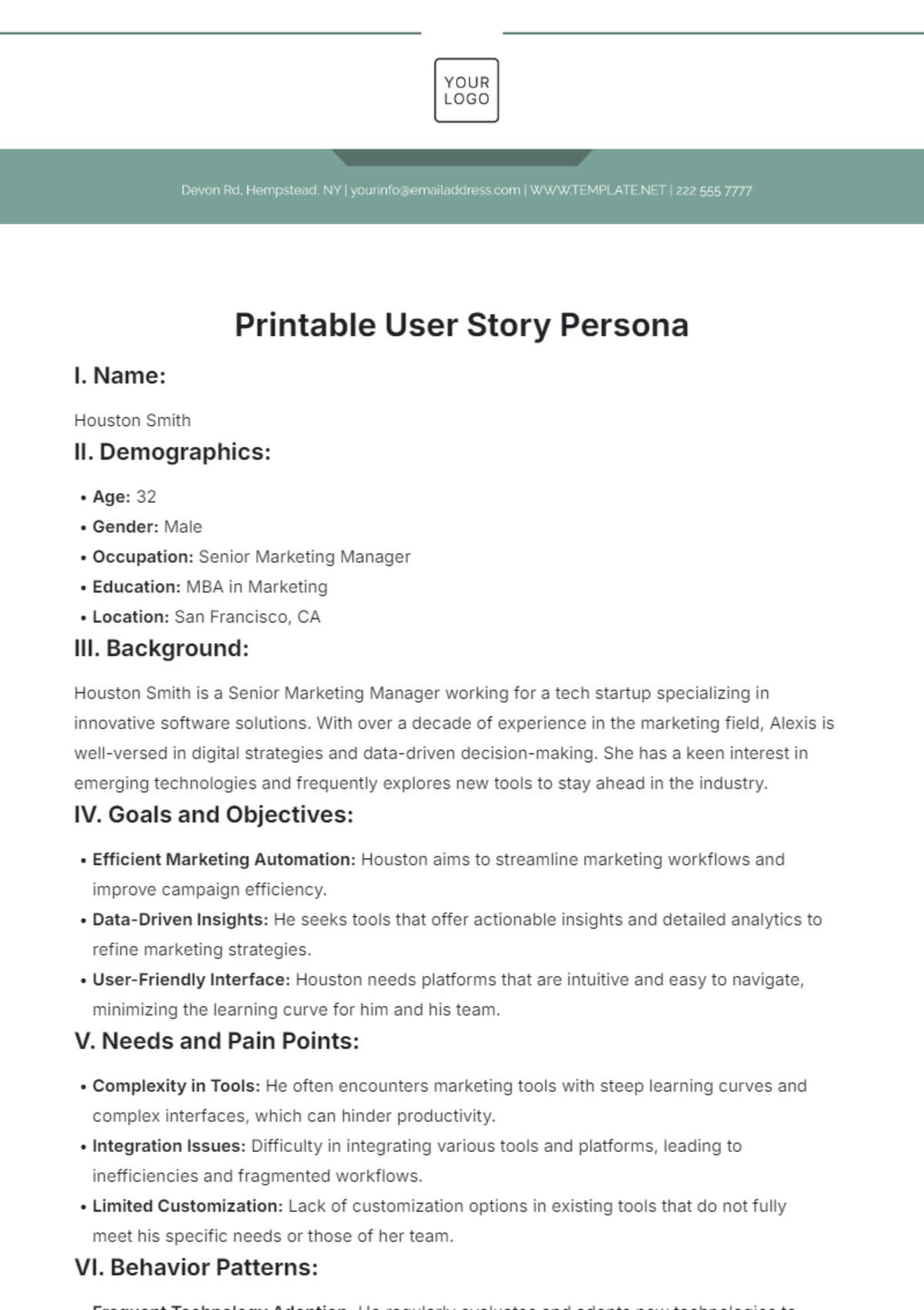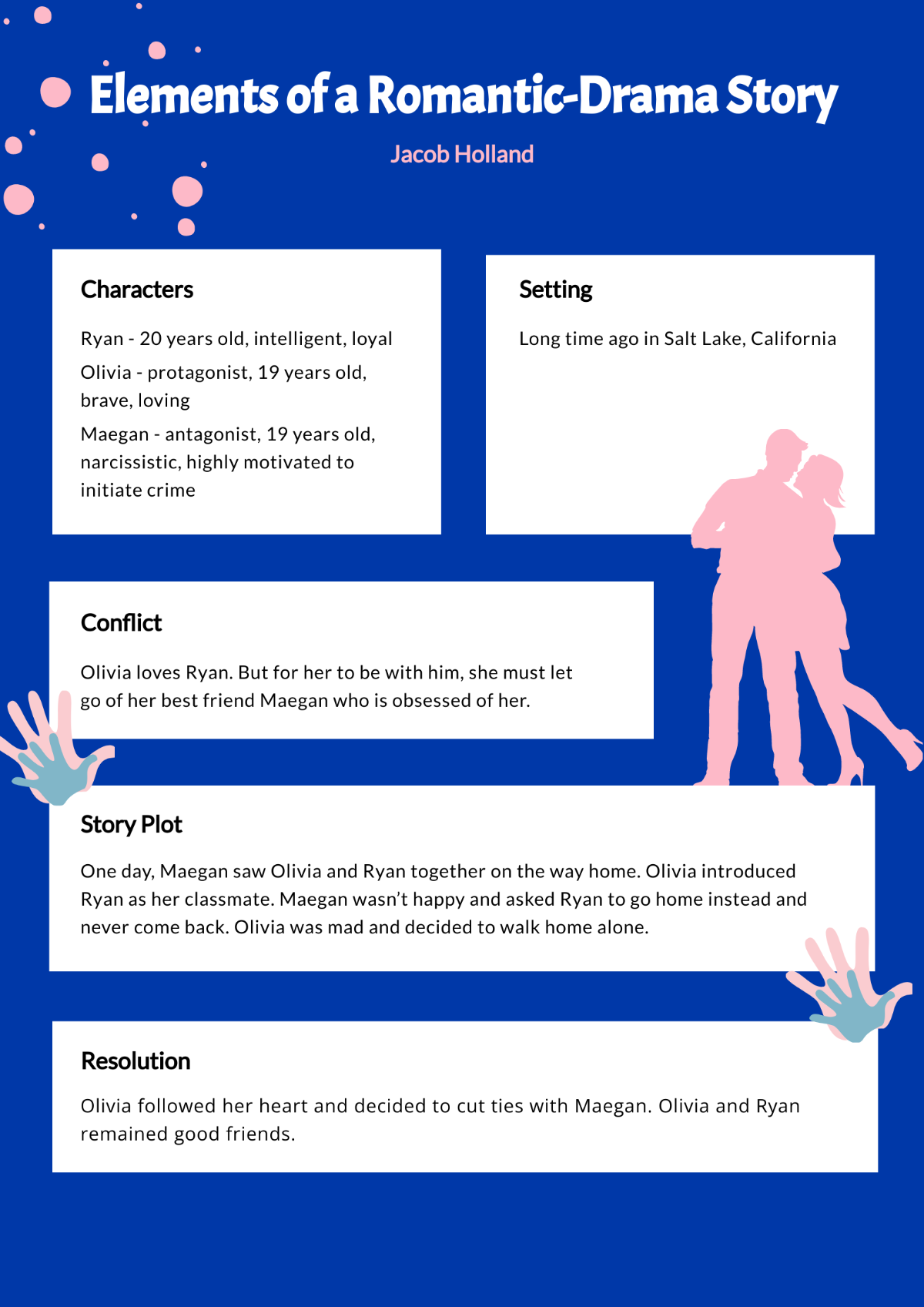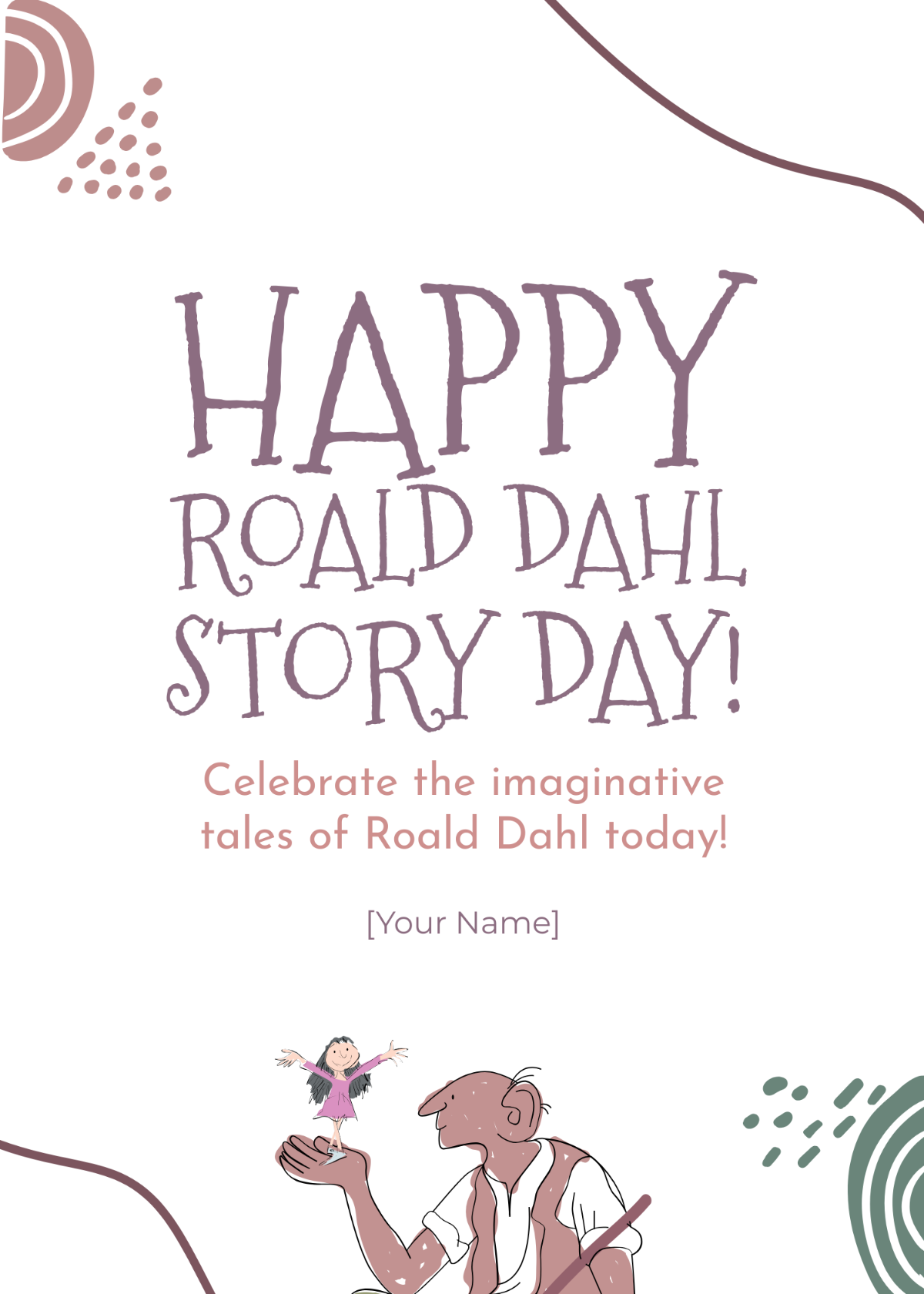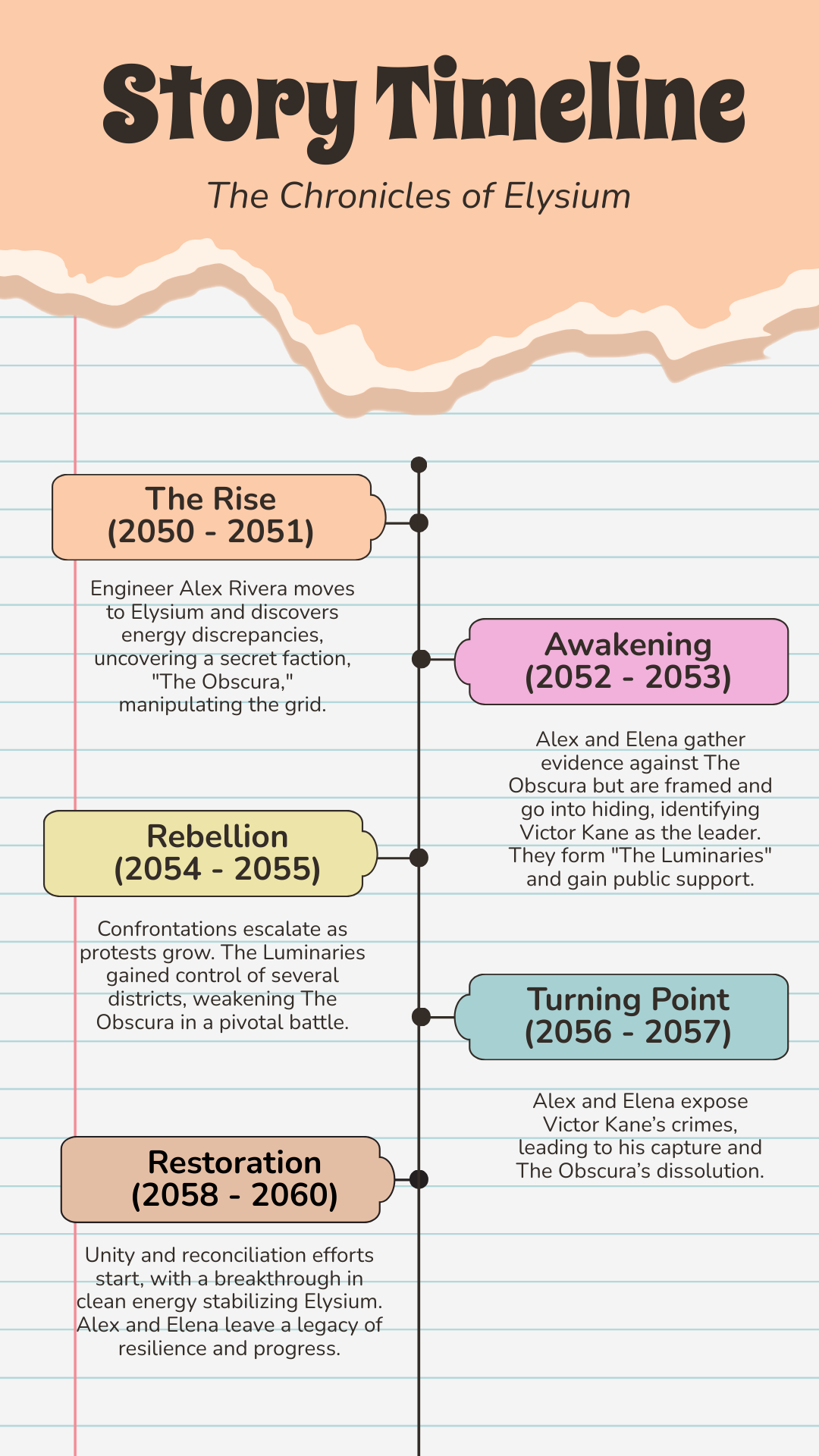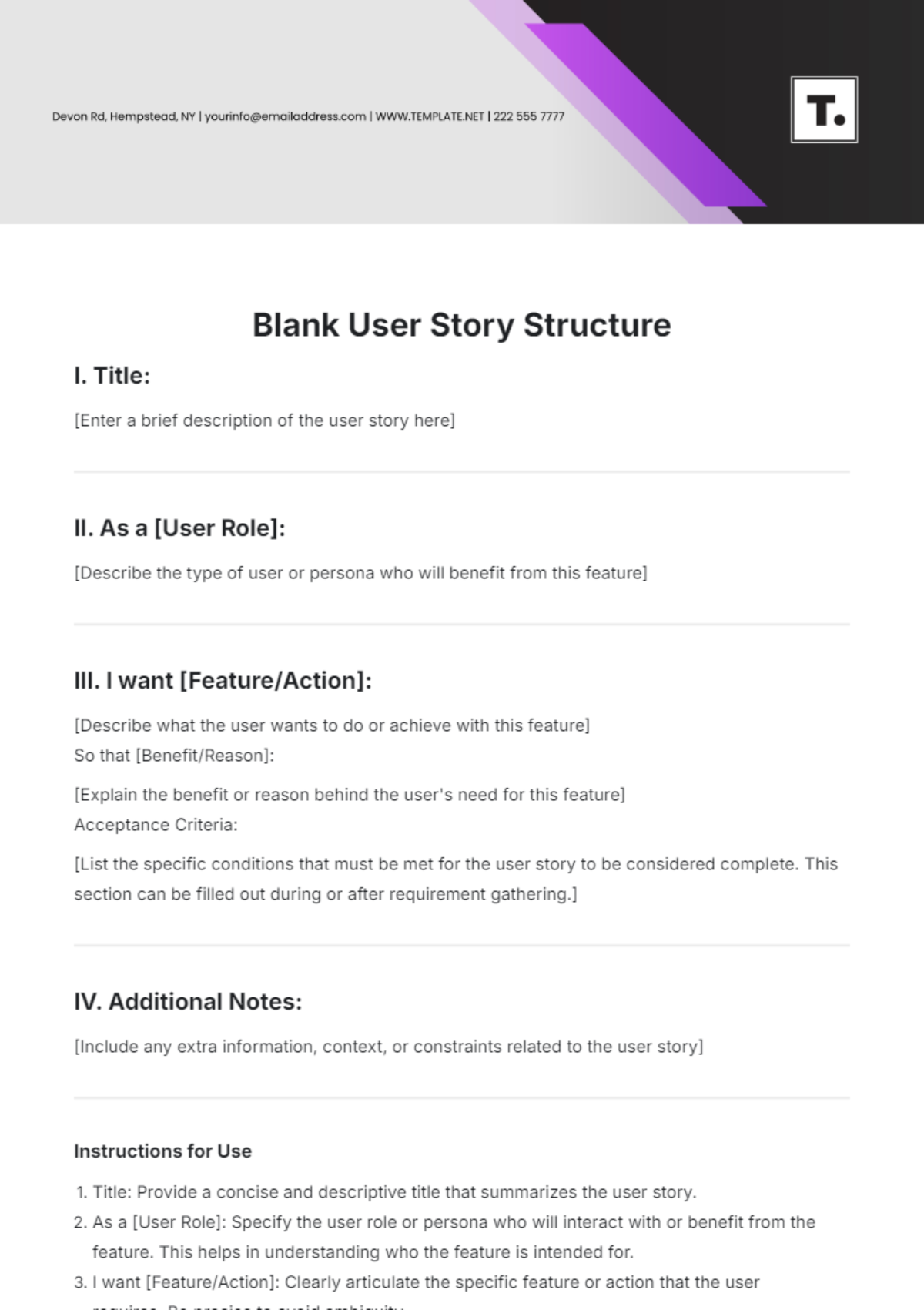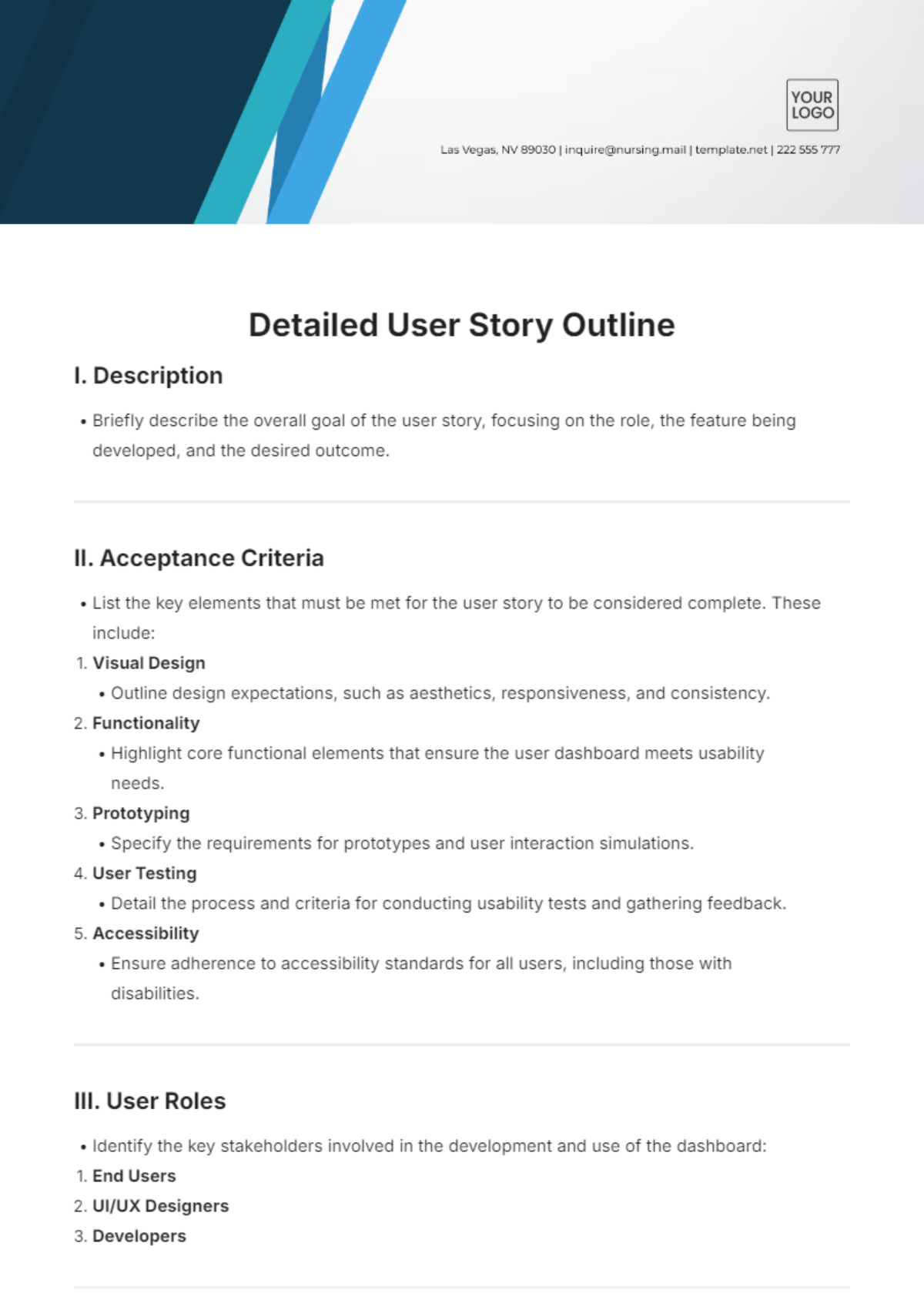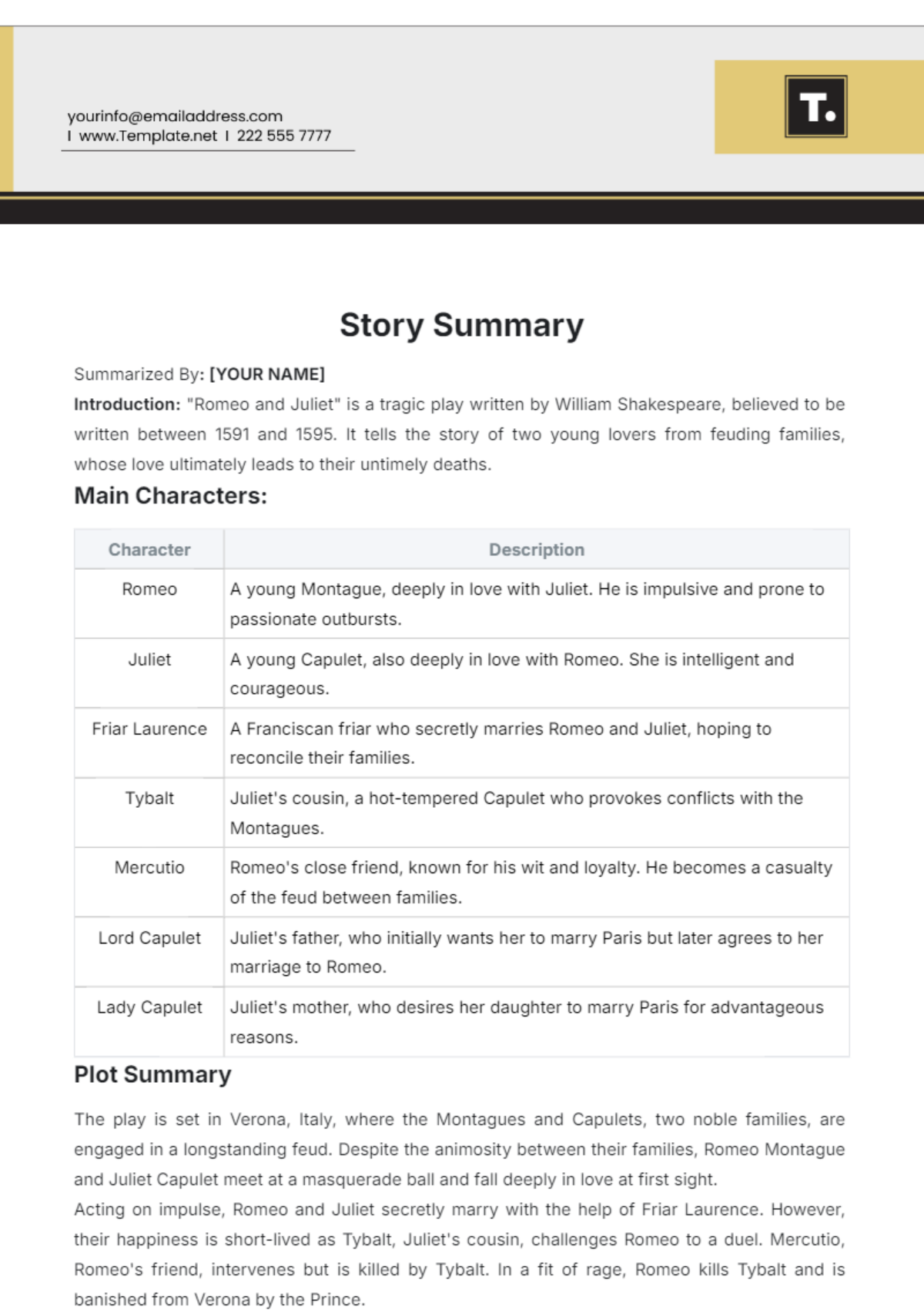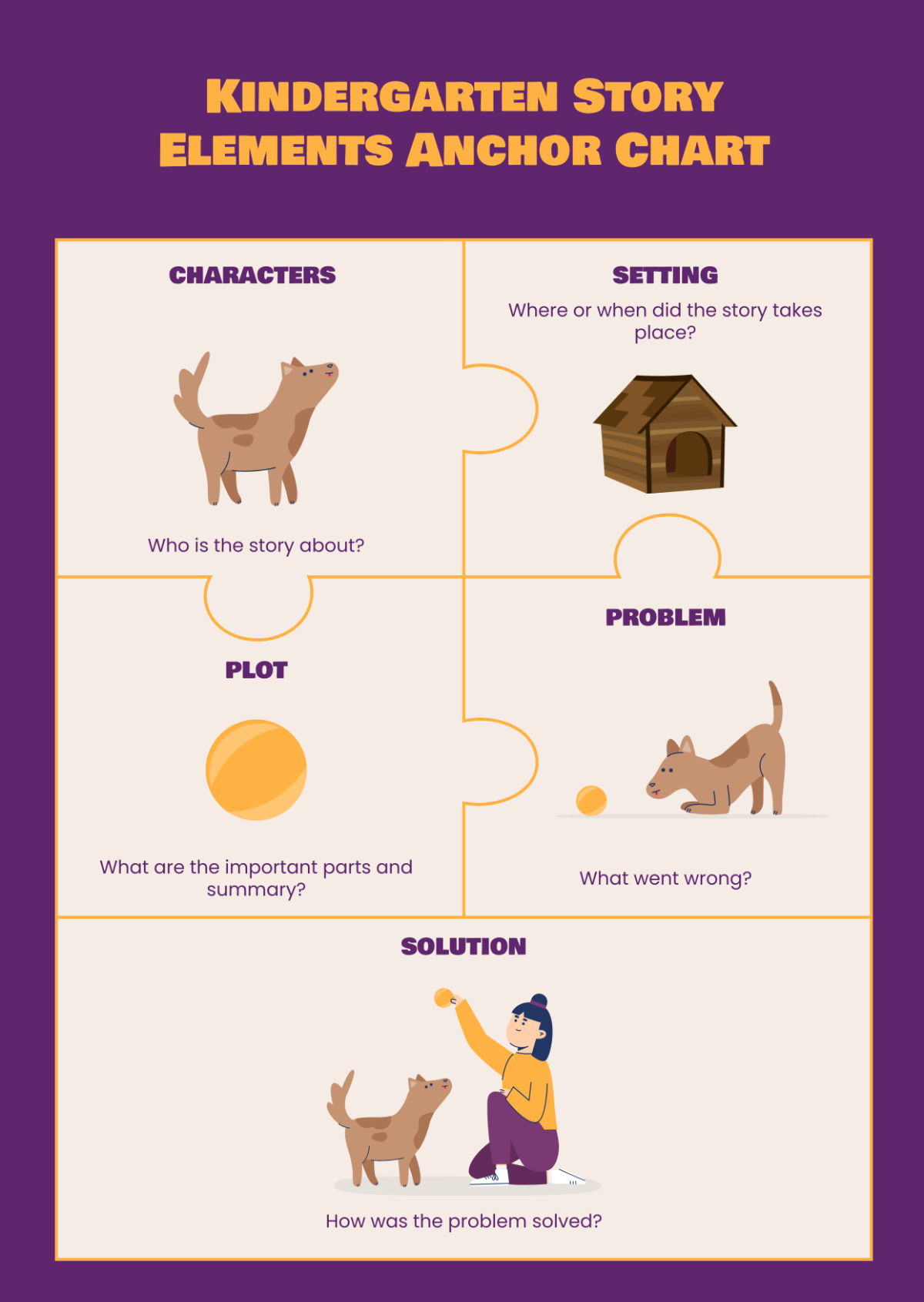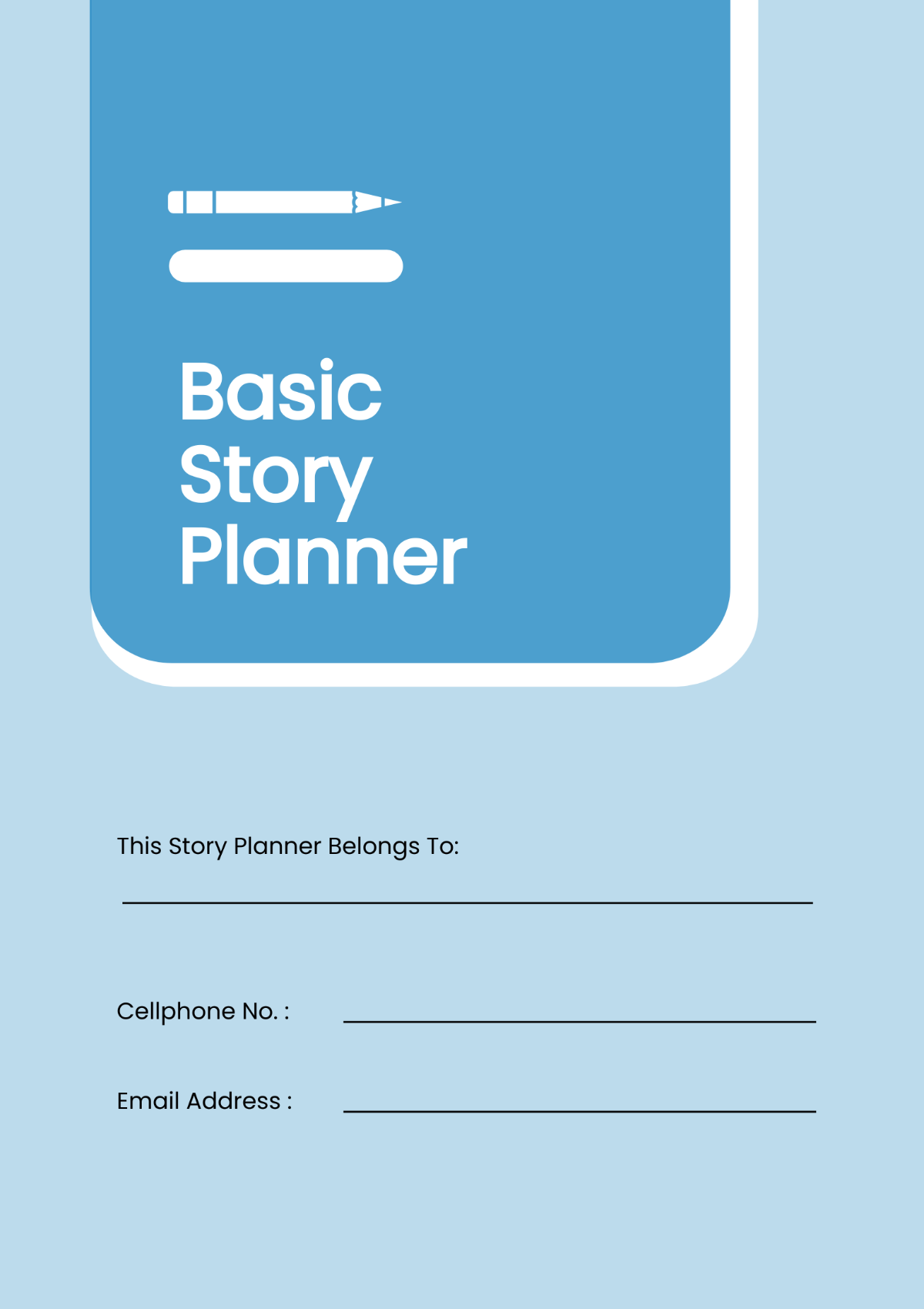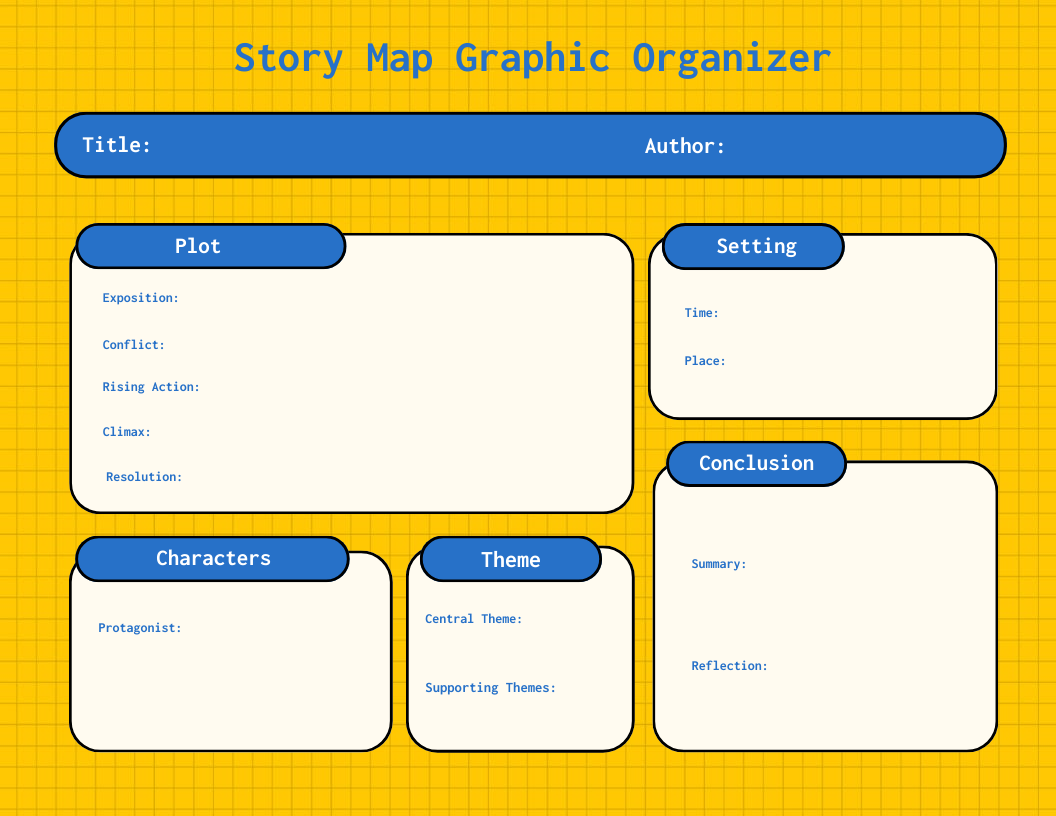History Project Annotated Bibliography
Prepared by: [YOUR NAME]
Company: [YOUR COMPANY NAME]
Department: [YOUR DEPARTMENT]
I. Introduction
This annotated bibliography serves as a comprehensive list of sources consulted for John Doe's history project. Each entry includes a citation following the Chicago Manual of Style guidelines and a brief annotation providing context and relevance to the project.
II. Primary Sources
Smith, John. “Diary of a Civil War Soldier.” Harper & Brothers, 2055.
Annotation: This primary source offers firsthand accounts of the Civil War and provides valuable insights into soldiers' experiences.
III. Secondary Sources
A. Books
Johnson, Sarah. Reconstruction: A Political Analysis. Oxford University Press, 2065.
Annotation: This book analyzes Reconstruction through a political lens and contributes to understanding post-Civil War governance.
B. Journal Articles
Garcia, Maria. “Race Relations in the Jim Crow South.” Journal of American History, vol. 92, no. 3, 2060, pp. 567-589.
Annotation: This article examines race relations in-depth, presenting new interpretations and supporting evidence relevant to racial segregation.
C. Websites
National Park Service. “Gettysburg National Military Park.” National Park Service, https://www.nps.gov/gett/index.htm, Accessed April 20, 2055.
Annotation: This webpage offers historical background and visitor information, serving as a valuable resource for understanding the Battle of Gettysburg within the digital landscape.
IV. Archival Sources
National Archives and Records Administration. “Emancipation Proclamation.” Washington, D.C., 2063.
Annotation: This archival document provides unique insights into President Lincoln's abolitionist policies by showcasing the original proclamation.
V. Oral Histories
Davis, William. Interviewed by Smith, Emma. March 15, 2058.
Annotation: This oral history interview captures a Civil Rights activist's experiences and perspectives related to racial equality efforts, offering personal insights valuable for understanding social justice movements.
VI. Conclusion
This annotated bibliography encompasses a diverse range of sources, including primary documents, secondary literature, archival materials, and oral histories. Together, these sources contribute to a comprehensive understanding of the Civil War and its aftermath by providing multiple perspectives and insights into American history.


